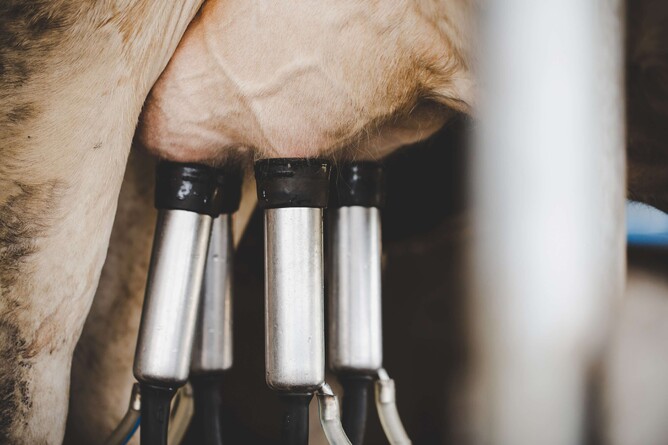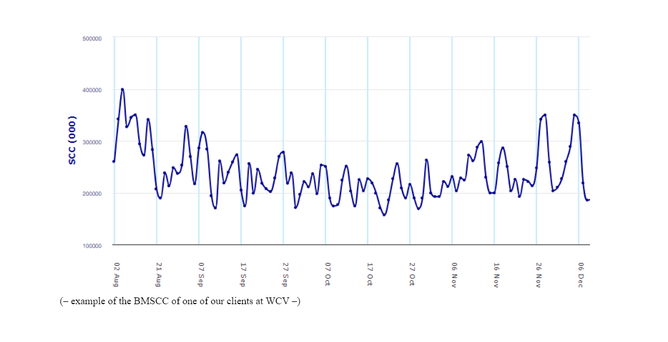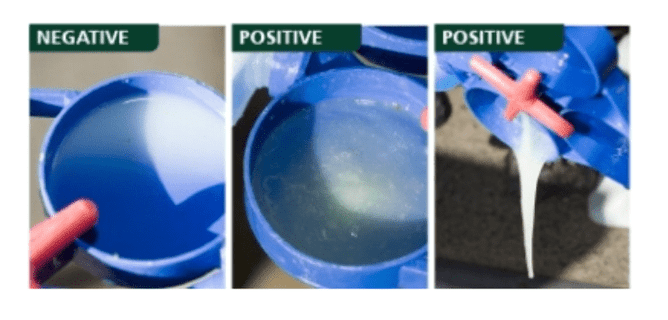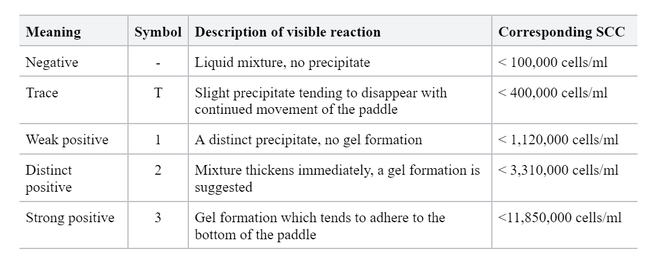Keen to keep on top of mastitis in your herd? Here's everything you need to know about bulk milk somatic cell counts.
The bulk milk somatic cell count (BMSCC) refers to the concentration of white blood cells produced by the entire herd into the vat.
Cell counts above 400,000 cells/ml are regarded as unfit for human consumption.
BMSCC's are correlated with the occurrence of mastitis in the herd. As a (rough) rule of thumb:
Herds with BMSCC of 400,000 cells/ml have (clinical and/or subclinical) mastitis cases in 40% of cows.
Herds with BMSCC of 300,000 cells/ml have mastitis cases in 30% of cows.
Herds with a BMSCC below 150,000 cells/ml have excellent mastitis control.
A sudden increase in cell count may indicate one or more missed clinical cases.
In herds with BMSCC’s below 200,000 cells/ml, a sudden increase of 10% or more can indicate a clinical case has been missed. For example:
150 cows at 200,000 cells/ml and 20 litres = 200,000 cells/ml in the vat.
149 cows at 200,000 cells/ml + 1 cow at 500,000 cells/ml, all at 20 litres = 232,000 cells/ml in the vat.
Subclinical cases
There will also be some subclinical cases of mastitis, with no visible signs of infection, which herd testing can help to identify.
The threshold is 150,000 cells/ml for cows and 120,000 cells/ml for heifers. Above these levels, there is often one or more subclinical infected quarters.
The rapid mastitis test (RMT) is often used to diagnose subclinical mastitis in individual quarters. For a reliable result, tests should be conducted just before milking, after discarding the foremilk, by mixing an equal amount of milk with the same amount of test reagent.
If used correctly, it can distinguish which quarter has the high SCC, but not in differences below the 400,000 cells/ml!
Animals with a somatic cell count above the 150,000 cells/ml (cows) and 120,000 cells/ml (heifers) can often only be cleared of their subclinical mastitis by using dry cow therapy at dry-off, and choosing the right active ingredients for the case.
Therefore, we often use these benchmarks to decide which cows and heifers need dry cow therapy at the end of the season.
If you do not have a herd test done, an RMT test of all cows and all their individual quarters can give you an indication, but several subclinical mastitis cases might be missed.
Unfortunately, blanket dry cow therapy on your whole herd cannot be done as standard anymore; only in certain circumstances.
We'd be happy to discuss your individual sitatuation and your best options for reducing your BMSCC and improving your cow health - just give the clinic a call!




